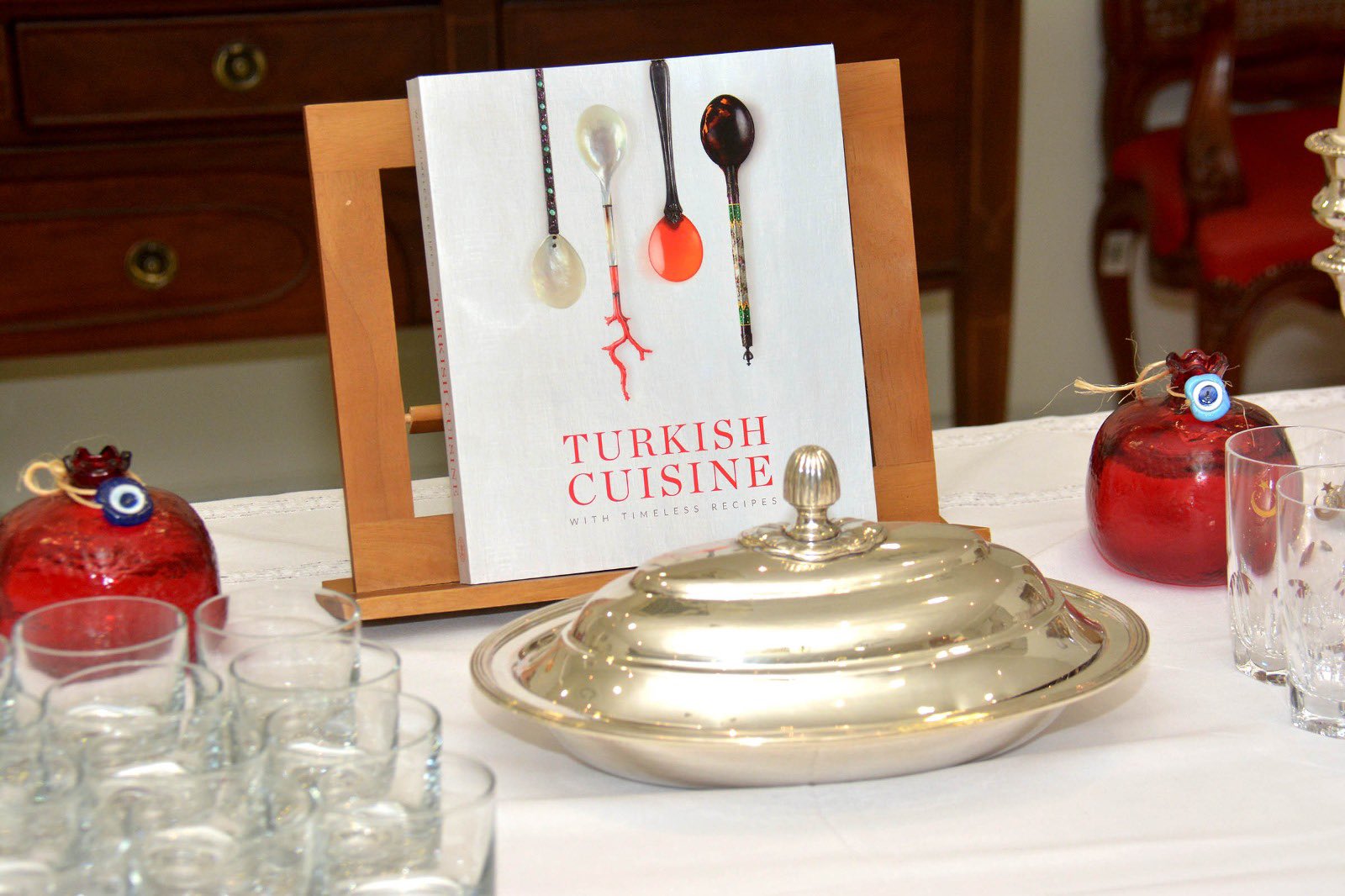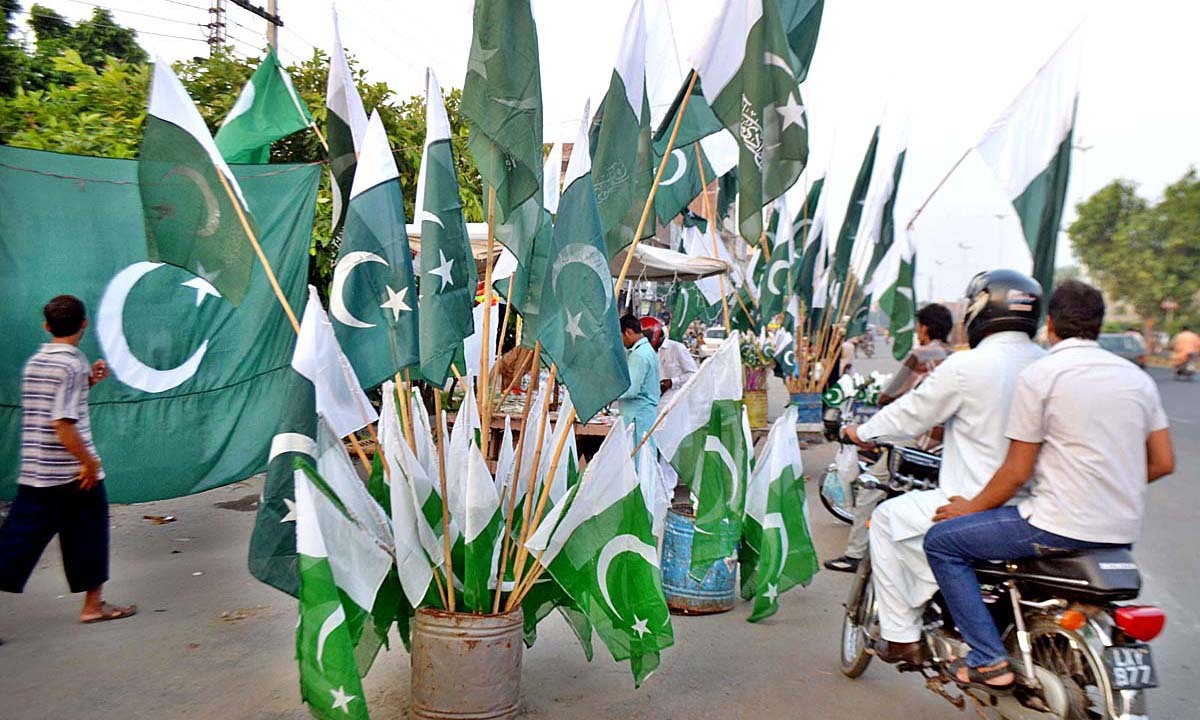Pakistan has been named among the top four countries accounting for nearly half of the world’s maternal deaths in 2023, according to a new report by the United Nations Maternal Mortality Estimation Inter-Agency Group. Alongside Nigeria, Ethiopia, and the Democratic Republic of Congo, Pakistan is responsible for a shocking 47% of the estimated 260,000 maternal deaths globally last year.
Despite being a country with significant healthcare infrastructure in urban centers, Pakistan’s maternal mortality ratio (MMR) stood at 155 deaths per 100,000 live births in 2023—lower than the global average of 197 but still alarmingly high. An estimated 11,000 Pakistani women died due to pregnancy or childbirth-related complications, almost all of which were preventable.
Maternal Health in Decline: A Silent Emergency
The report paints a dire picture. While the world has seen a 40% drop in maternal deaths since 2000, Pakistan’s progress has stalled. Experts warn that the crisis is intensifying due to cuts in funding for reproductive and maternal health, the closure of health facilities, and a growing exodus of skilled healthcare workers.
The most common causes of maternal deaths in Pakistan include postpartum hemorrhage, hypertensive disorders such as eclampsia, sepsis, and unsafe abortions. Many of these conditions are treatable with timely medical intervention—but access remains uneven and unreliable, especially in remote, impoverished, or conflict-affected regions.
Health systems across the country are buckling under pressure. In Balochistan and parts of interior Sindh and South Punjab, emergency obstetric care is often unavailable, and pregnant women face long, perilous journeys to reach the nearest functional health facility.
A Gendered Inequality: The Price of Being Poor and Female
The maternal health crisis in Pakistan is not just a medical issue—it is deeply entrenched in social inequality. High rates of anemia, malnutrition, child marriage, illiteracy, and limited access to family planning mean that women are often at risk even before their pregnancies begin. Layered on top are restrictive gender norms, which prevent many women from seeking care without permission or accompaniment from male relatives.
The COVID-19 pandemic further exposed these vulnerabilities. Lockdowns and resource reallocation meant that even basic maternal services were suspended. As a result, thousands of women were forced to deliver at home without skilled care, with rural women suffering the most.
Globally, the lifetime risk of dying from maternal causes is 1 in 80 for a 15-year-old girl in a country like Pakistan. In high-income countries, that risk drops to 1 in 5,600. Such disparities are unacceptable in an age of advanced medical knowledge and international funding.
The World Is Failing Its Mothers—Pakistan Cannot Afford To
The report highlights that the world is not on track to meet Sustainable Development Goal (SDG) 3.1, which aims to reduce global maternal mortality to fewer than 70 deaths per 100,000 live births by 2030. To reach that target, maternal deaths must decline at an annual rate of 15%—currently, the rate is just 1.1%.
For Pakistan, meeting this goal will require urgent and comprehensive action:
-
Increase national investment in maternal health
-
Train and deploy more midwives, nurses, and community health workers
-
Ensure round-the-clock emergency obstetric services
-
Expand access to contraception and safe abortion services where legal
-
Tackle poverty, child marriage, and gender-based violence
These are not optional reforms. They are essential to saving lives.
A Call to Prioritize Women’s Lives
The UN calls for both domestic leadership and renewed global solidarity. International aid must be restored, but local governments must also take responsibility for the survival of women in their care.
“Access to quality maternal care is a basic human right, not a luxury,” said UNFPA Executive Director Dr. Natalia Kanem. “We can and must put an end to the needless tragedy of maternal deaths and their profound impact on families and communities.”
As the world looks ahead to 2030, one thing is clear: Pakistan cannot afford to let its women die giving life.
Related stories:
Pakistan’s Climate Crisis: Repeated Flooding, Food Shortages, and Extreme Heat
Pakistan Ranks Safer Than India & USA in 2025 Global Safety Index
Pakistan’s Citizens Facing Deportations for Begging Abroad
Pakistan Ranks 145th Out of 146 in Global Gender Equality Index
















